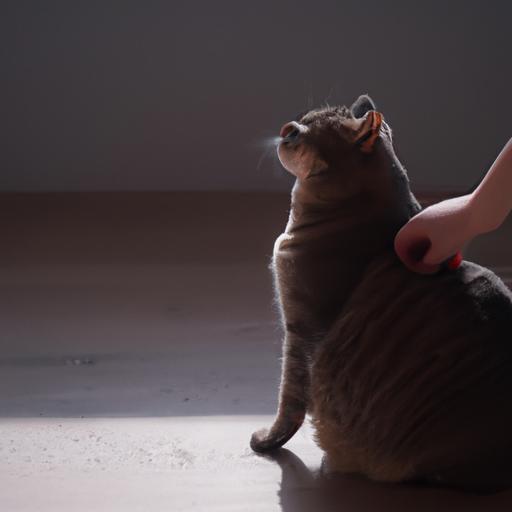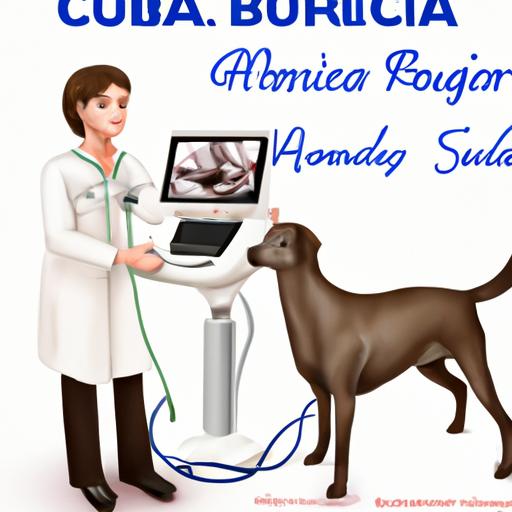
Canine Biliary Mucocele: Identifying Gallbladder Problems
Learn about canine biliary mucocele: identifying gallbladder problems in dogs. Understand symptoms, diagnosis, and treatment options.
Introduction
Has your furry companion been experiencing unexplained discomfort or exhibiting unusual symptoms? You may not be aware, but gallbladder problems can affect dogs too, leading to a condition known as canine biliary mucocele. Identifying and addressing gallbladder issues in canines is crucial for their overall health and well-being. In this article, we will explore the causes, symptoms, diagnosis methods, and treatment options related to canine biliary mucocele, aiming to provide you with valuable insights to better understand and tackle this condition.
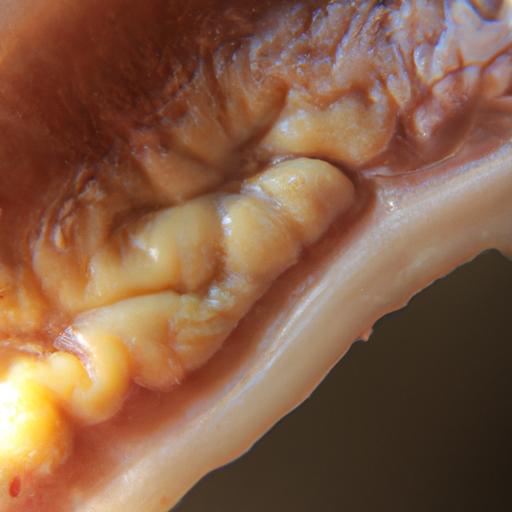
Understanding Canine Biliary Mucocele
Canine biliary mucocele refers to the accumulation of thick, gel-like mucus in the gallbladder, causing obstruction and potential complications. This condition typically arises due to a variety of factors, including gallbladder inflammation, gallstones, or even genetics. As a responsible dog owner, it is important to be aware of the symptoms that may indicate gallbladder problems in your canine companion.
Some common signs of canine biliary mucocele include sudden loss of appetite, vomiting, abdominal discomfort, jaundice, and lethargy. If you observe any of these symptoms in your dog, it is crucial to seek veterinary attention promptly. Early detection and intervention play a significant role in the successful management of gallbladder issues.
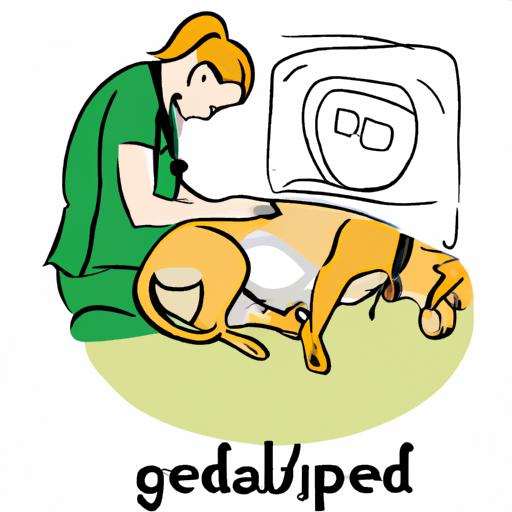
Diagnosis Methods for Identifying Gallbladder Problems
When it comes to diagnosing gallbladder problems in dogs, veterinarians employ various methods to ensure accurate identification and appropriate treatment. These methods may include a combination of physical examinations, blood tests, imaging techniques, and even exploratory surgery in severe cases.
During a physical examination, your veterinarian may palpate your dog’s abdomen to check for any abnormalities or discomfort. Blood tests are often conducted to assess liver function and detect any potential abnormalities. Imaging techniques such as ultrasound or X-rays can provide valuable insights into the condition of the gallbladder and help identify the presence of gallstones or mucoceles.
In more complex cases, where a definitive diagnosis cannot be reached through non-invasive methods, veterinarians may opt for exploratory surgery. This allows for direct visualization of the gallbladder and surrounding structures, enabling accurate diagnosis and appropriate treatment decisions.
Frequently Asked Questions (FAQ)
What are the risk factors associated with canine biliary mucocele?
Certain dog breeds, such as Shetland Sheepdogs, Cocker Spaniels, and Miniature Schnauzers, are more prone to developing biliary mucocele. Additionally, obesity, hormonal imbalances, and underlying liver diseases can increase the risk of gallbladder problems in dogs.
Can biliary mucocele be prevented?
While it may not be possible to completely prevent biliary mucocele, there are measures you can take to reduce the risk. Maintaining a healthy weight for your dog through proper diet and regular exercise can help minimize the chances of gallbladder issues. Additionally, routine veterinary check-ups can aid in early detection and management of any developing problems.
How is canine biliary mucocele treated?
The treatment approach for canine biliary mucocele depends on the severity of the condition. In some cases, medication and dietary management may be sufficient to resolve the mucocele and alleviate symptoms. However, more severe cases may require surgical intervention to remove the gallbladder or address any complications arising from the condition.
Are certain dog breeds more prone to developing gallbladder problems?
Yes, certain dog breeds have been found to be more susceptible to gallbladder problems, including biliary mucocele. These breeds include Shetland Sheepdogs, Cocker Spaniels, Miniature Schnauzers, and others. However, it is important to note that gallbladder issues can affect dogs of any breed.
Can biliary mucocele lead to other health complications?
Yes, if left untreated, canine biliary mucocele can lead to serious health complications. The accumulation of mucus in the gallbladder can cause inflammation, infection, and even rupture. Furthermore, the obstruction of bile flow can impact liver function and potentially result in liver damage. Timely diagnosis and appropriate treatment are crucial to prevent these complications.
Conclusion
Identifying gallbladder problems, specifically canine biliary mucocele, plays a vital role in maintaining the health and well-being of our beloved canine companions. By recognizing the symptoms and seeking prompt veterinary attention, we can ensure early diagnosis and appropriate treatment. Regular veterinary check-ups, a balanced diet, and regular exercise are key factors in reducing the risk of gallbladder issues in dogs. Remember, your furry friend relies on you to keep them healthy and happy, so be attentive and proactive in addressing any potential gallbladder problems they may face.
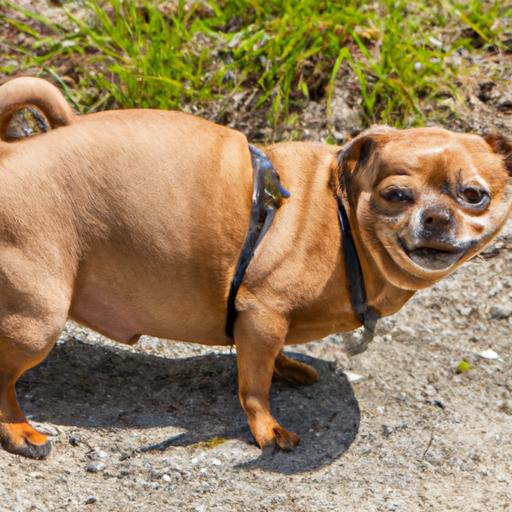
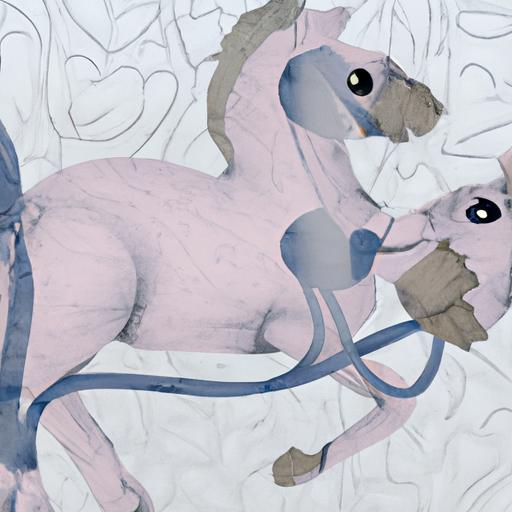
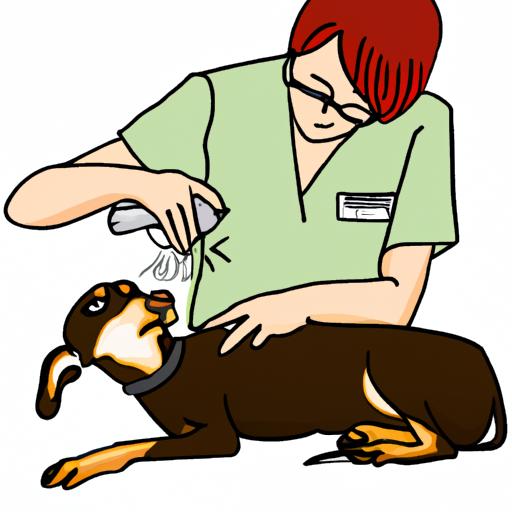
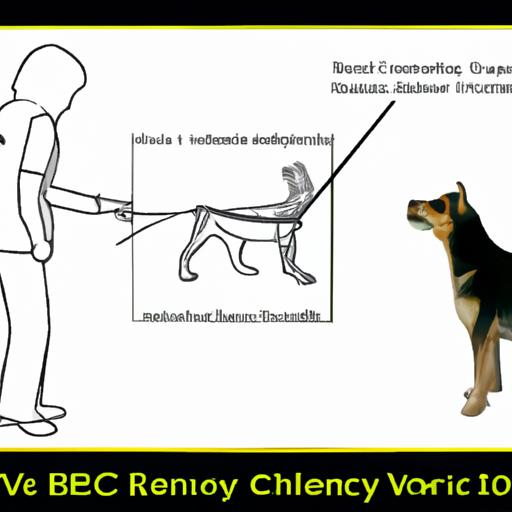
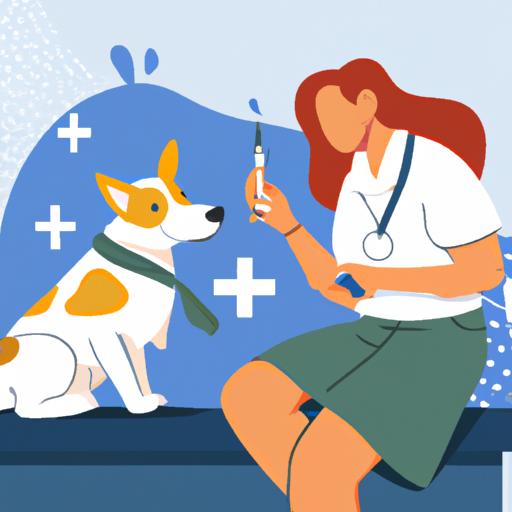

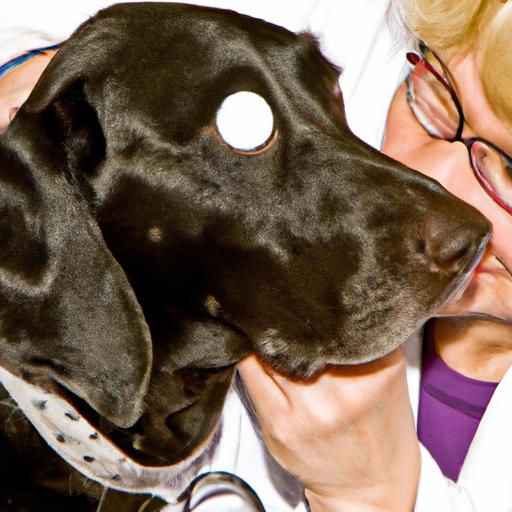


















.jpg)
